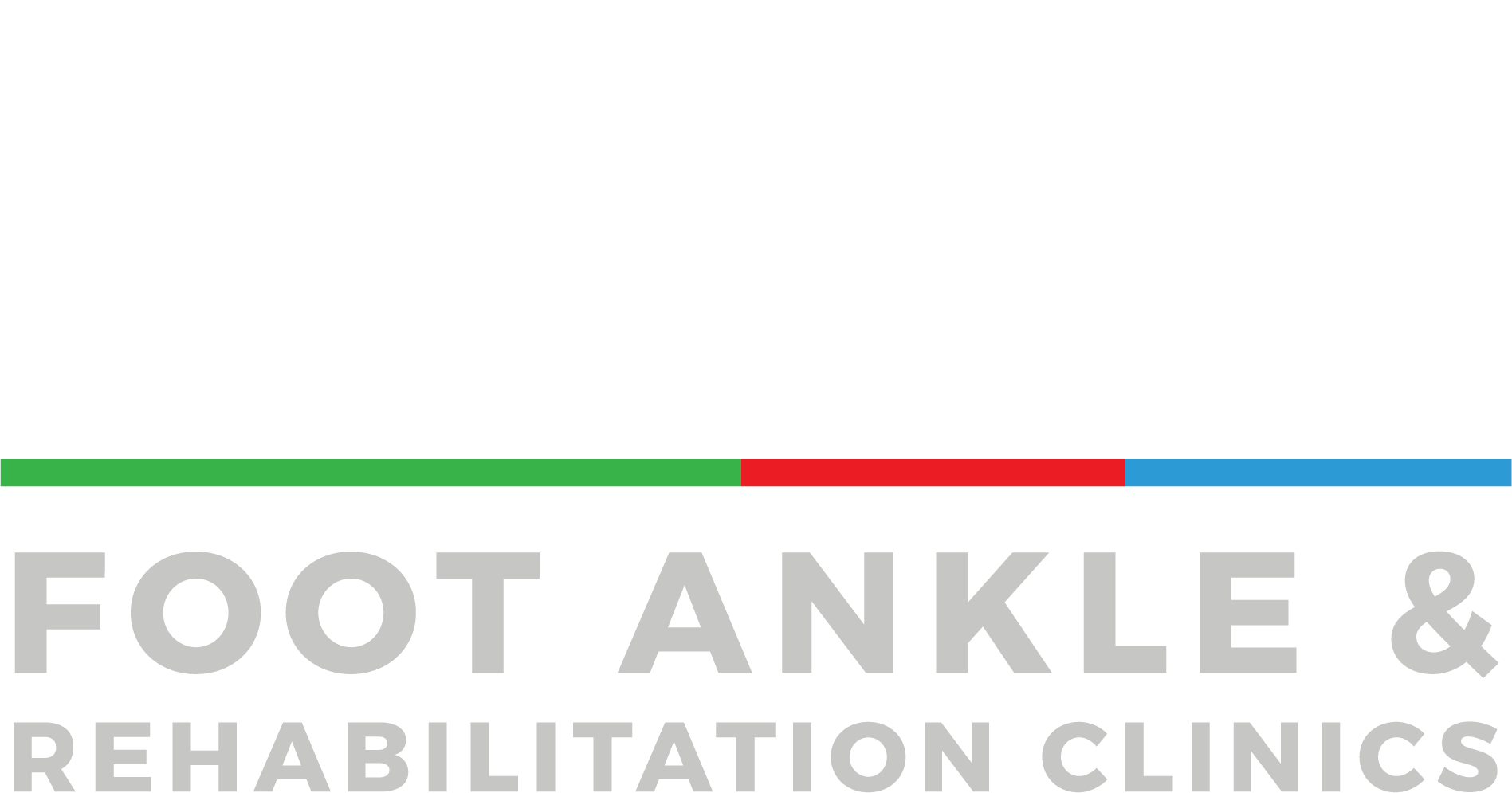Pre-season training tips to avoid injury
Pre season training is when all the hard work goes in to make sure you are as fit and strong as possible for the season ahead. One of the risks is overuse injury when you push your body to get the most out of it. The last thing you need is an overuse injury from the cumulative stress you put on your body.
Common lower limb overuse injuries include:
Achilles tendonapthies
Shin splints (medial tibial stress syndrome)
Knee pain (Patella femoral syndrome)
Stress Fractures
Plantar Fasciitis
Muscle strains affecting the calf muscles, hamstrings or quads.
At FARC we love to keep you active, fit and free of injury. Part of that is giving you all the tools to prevent an injury in the first place.
Three top tips for preventing an overuse injury:
1. Update your running shoes.
Preseason training may involve a lot of running. You should be running in running shoes and not netball or football boots. Running shoes should be no more than 6 months old. This is crucial to give you the appropriate shock absorption, dispersing stress away from high load areas in the body.
The average running shoe will have a life span of between 500-750km. The midsole of the runner is made from EVA foam which compresses over time and doesn't work as efficiently the older your shoes get. Having two pairs of shoes to alternate each day, allows the structures within the shoes to rebound over the 24 hours of not using them. This increases the effectiveness of the shoes.
2. Stepped increase in training.
10% weekly increases in your training is a great way to increase your capacity over time. This means you build up your training capacity after your off season break from sport instead of risking injury by going all in, affecting pre-season training.
3. Flexibility and strength go hand in hand.
Warm up and warm downs are important, including both Passive and Dynamic stretching to get your body ready to train. Listen to your body, soreness is a sign that you should work on areas with stretching, foam rolling and massage to release areas of high load.
Article written by Stewart Williams
Stewart Williams is a Podiatrist interested in Musculoskeletal injury. He is also the Under 19's and a Development Coach at the Launceston Football Club.
What happens if I do get injured?
An acute injury should follow R.I.C.E.R. for the first 48 hours.
Rest - Try to offload the affected area, don't weight bear if possible.
Ice - Cold compress to the area 10-20 minutes on, 1 hour off.
Compression - Reduce swelling and immobilise the area with a compression bandage. Be careful that it's not too tight, compression shouldn't cause throbbing or cut circulation to the area.
Elevation - Raising the foot above the heart will reduce swelling to the area.
Referral - If symptoms persist an assessment by your health professional is the next step to help return to activity.
At FARC we use the latest technology to assess and provide a complete biomechanical assessment as part of your initial consultation. This can include a combination of video gait analysis and clinical assessment to diagnose the specific cause of your overuse injury. We can also refer for x-ray, ultrasound or MRI if required to get a more definitive diagnosis.
We can work with you to create a management plan specific for you to get you active again. This may include:
Reducing pain and associated swelling
Addressing the causative factors of the injury
Structured plan for return to activity
We have a range of treatment options dependent on the stage of your injury to get you back to being active
whether you're in the acute phase, chronic injury phase or need help with working towards pain free activity.
We can also assess your running technique and give you advice on the right shoes for you.
Please contact us or book online at www.farc.com.au



